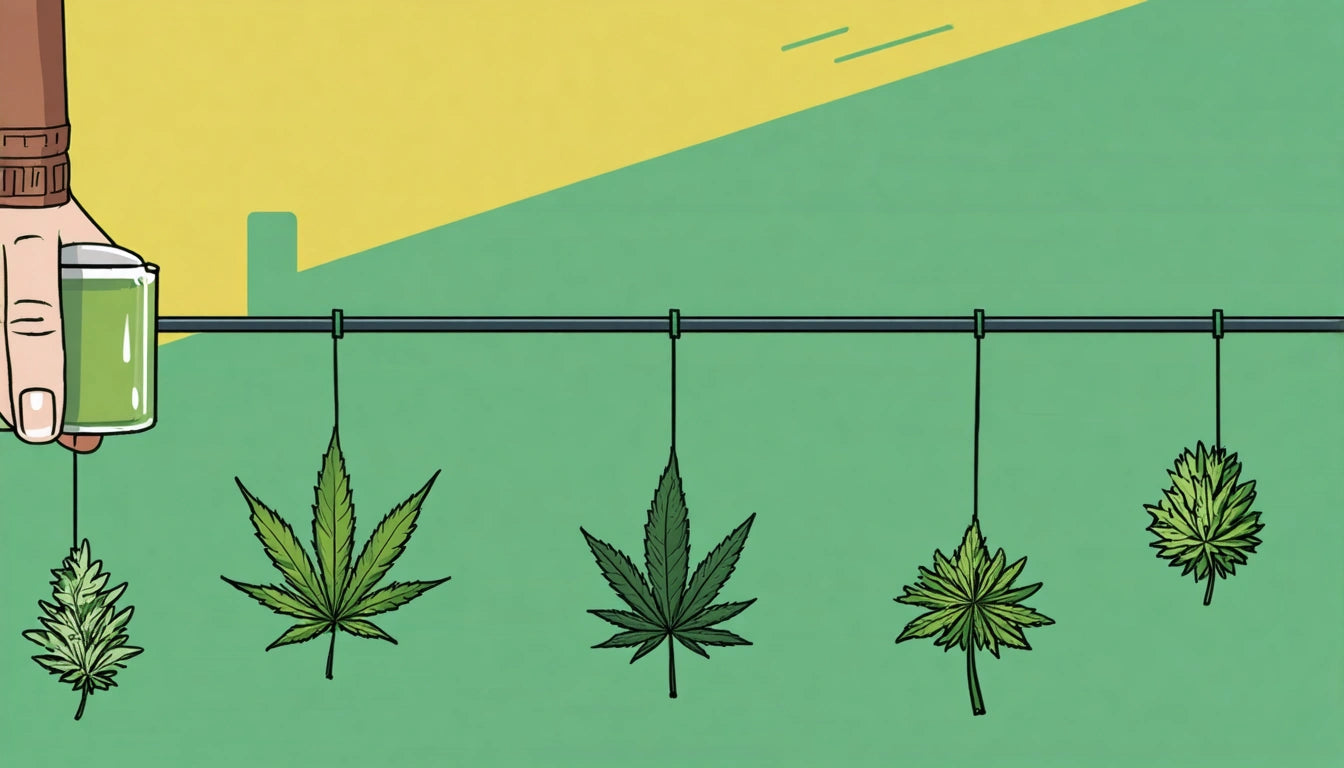Table of Contents
- New York Cannabis Legalization Timeline: Key Dates
- Why Was Weed Made Legal in New York: Primary Motivations
- The Implementation Process: From Legislation to Dispensaries
- Current Possession Limits and Public Consumption Rules
- Business Opportunities in New York's Cannabis Market
- The Future of Cannabis in New York: Ongoing Developments
The Legalization of Weed in New York: Key Dates and Reasons
New York's journey to cannabis legalization represents a significant shift in drug policy for one of America's most populous states. Understanding when weed was legalized in New York and the reasons behind this policy change provides valuable context for consumers, business owners, and policymakers alike. This comprehensive overview explores the timeline, motivations, and implementation of cannabis legalization in the Empire State.
New York Cannabis Legalization Timeline: Key Dates
The question of when did New York legalize weed has a specific answer: March 31, 2021. On this date, then-Governor Andrew Cuomo signed the Marijuana Regulation and Taxation Act (MRTA) into law, making New York the 15th state to legalize recreational cannabis for adults. This landmark legislation came after years of advocacy, negotiation, and incremental policy changes.
However, the path to full legalization began much earlier:
- 2014: New York legalized medical marijuana through the Compassionate Care Act
- 2019: New York decriminalized possession of small amounts of cannabis
- March 31, 2021: MRTA signed into law, legalizing recreational cannabis
- April 1, 2021: Legal possession and home cultivation provisions took effect
- December 29, 2022: First legal recreational cannabis sale in New York
As detailed in this comprehensive timeline of cannabis legalization, New York's approach followed a pattern seen in other states, with medical use preceding full recreational legalization.
Why Was Weed Made Legal in New York: Primary Motivations
Several compelling factors contributed to the decision to legalize cannabis in New York:
Social Justice Reform
A primary motivation was addressing the disproportionate impact of cannabis prohibition on communities of color. The MRTA included provisions to expunge previous marijuana convictions and direct 40% of tax revenue to communities most harmed by the war on drugs.
Economic Opportunity
New York projected significant economic benefits from legalization, including job creation and tax revenue. The legal cannabis market in New York is expected to generate billions in economic activity and create thousands of jobs across various sectors, including specialized product packaging for custom pre-roll cones and other cannabis consumption methods.
Shifting Public Opinion
By 2021, public support for cannabis legalization had reached an all-time high in New York and nationwide. Polls consistently showed that a majority of New Yorkers supported legalizing recreational marijuana.
Regional Pressure
As neighboring states like Massachusetts and New Jersey moved to legalize cannabis, New York faced pressure to prevent cross-border purchasing and capture potential tax revenue.
When did NY legalize weed? March 31, 2021, when the Marijuana Regulation and Taxation Act was signed into law, creating a comprehensive framework for legal cannabis production, distribution, and consumption.
The Implementation Process: From Legislation to Dispensaries
While cannabis became legal when the MRTA passed in 2021, the implementation of a regulated market took considerably longer. Key aspects of the rollout included:
- Creation of the Office of Cannabis Management (OCM)
- Establishment of the Cannabis Control Board
- Development of regulations for cultivation, processing, and retail
- Licensing process for cannabis businesses
- Social equity provisions to ensure diverse participation
The first legal recreational dispensary opened in December 2022, nearly 21 months after legalization. This gradual approach allowed regulators to develop comprehensive rules while prioritizing social equity applicants, as explained in this guide to New York's marijuana laws.
Current Possession Limits and Public Consumption Rules
Following the legalization of weed in New York, adults 21 and older can legally:
- Possess up to 3 ounces (85 grams) of cannabis flower
- Possess up to 24 grams of concentrated cannabis
- Store up to 5 pounds (2.27 kg) of cannabis at home
- Grow up to six plants per person (three mature, three immature) with a maximum of twelve plants per household
Regarding public consumption, cannabis can be consumed wherever tobacco smoking is permitted, with some exceptions. For detailed information on where you can legally smoke cannabis in New York, refer to this guide on public cannabis smoking laws.
Business Opportunities in New York's Cannabis Market
When New York legalized weed, it created various business opportunities across the supply chain:
Cultivation and Processing
The MRTA established licenses for growing and processing cannabis, with specific provisions for craft cultivators and microbusinesses.
Retail Dispensaries
Retail licenses allow businesses to sell cannabis products directly to consumers, with social equity applicants receiving priority in the licensing process.
Delivery Services
The law permits licensed delivery services, creating additional entrepreneurial opportunities with lower barriers to entry.
Ancillary Businesses
Beyond direct cannabis handling, numerous opportunities exist in adjacent industries like security, software, marketing, and specialized packaging solutions.
For entrepreneurs interested in entering the New York cannabis market, understanding the regulatory framework is essential, as detailed in this guide to buying and growing weed in New York City.
The Future of Cannabis in New York: Ongoing Developments
Since the initial question of when was weed legalised in New York has been answered, attention now turns to how the market continues to evolve. Several developments are shaping the future landscape:
- Expansion of the regulated market with more licensed businesses
- Integration with the existing medical marijuana program
- Addressing the persistent unregulated market
- Development of consumption lounges and tourism opportunities
- Potential interstate commerce if federal policy changes
New York's cannabis program continues to mature, with regulators balancing market growth, social equity goals, and public health considerations. The state's approach to legalization reflects broader trends in cannabis policy reform across the United States, as chronicled in this history of marijuana legalization and criminalization.
As New York's cannabis industry develops, it stands to become one of the nation's largest and most influential markets, potentially setting standards for social equity and regulatory practices nationwide.











Leave a comment
All comments are moderated before being published.
This site is protected by hCaptcha and the hCaptcha Privacy Policy and Terms of Service apply.